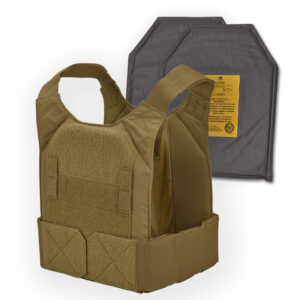Plate Carrier Setups for Different Environments
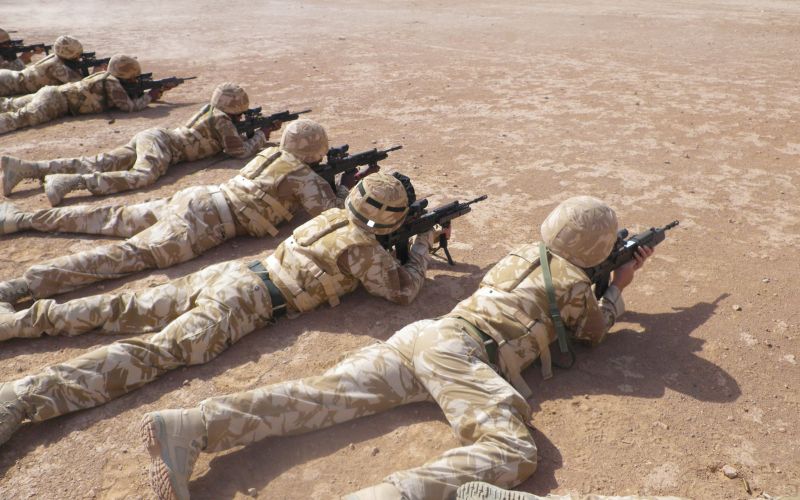
Few types of equipment are as versatile and essential for personal protection as the plate carrier. This applies to military operations, law enforcement, and civilian self-defense situations. However, what works great in one environment may not be the best fit in another. The configuration of your plate carrier is directly related to the environment you’re operating in, the mission at hand, and the level of protection you need.
This blog will discuss optimizing your plate carrier for different environments and situations, from urban operations to wilderness survival. We’ll also give you tips and tricks for setting up your gear to maximize efficiency, comfort, and safety.
Understanding Plate Carriers: A Quick Overview
Before discussing specific setups, let’s define a plate carrier. A plate carrier is a tactical vest that carries ballistic armor plates, usually hard plates or soft armor inserts. These plates offer protection from projectiles, shrapnel, and other threats.
Plate carriers come in different styles, but most have MOLLE (Modular Lightweight Load-carrying Equipment) webbing, which enables users to attach pouches, holsters, and other gear to the carrier. The configuration of your plate carrier—how you distribute the weight and arrange your gear—can greatly affect your mobility, comfort, and performance.
Plate Carrier Setups For Different Environments
Your plate carrier configuration should be specific to the environment and mission. From urban CQB to rugged wilderness operations, each environment demands a unique approach to maximize efficiency, comfort, and safety.
1. Urban Operations (CQB – Close Quarters Battle)
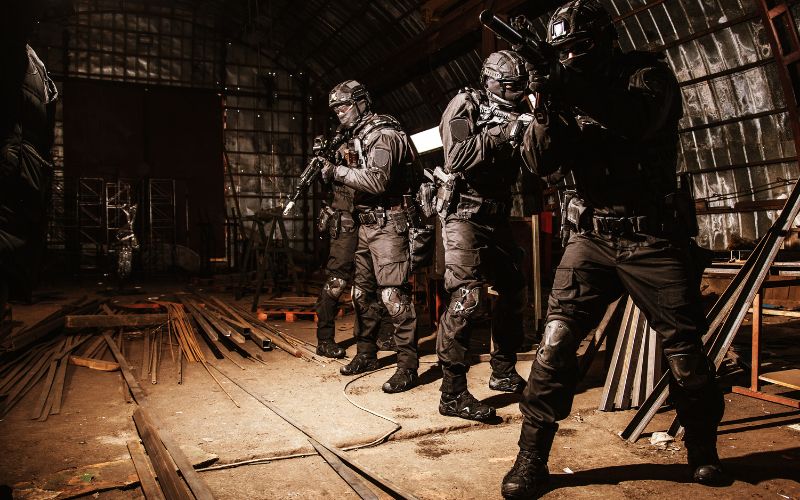
Urban environments present unique challenges for tactical operators. Whether clearing buildings, engaging in close-quarters combat (CQB), or patrolling urban streets, mobility and access to essential tools are key to success.
Plate Carrier Setup for Urban Operations
Low Profile Design: When operating in close quarters, a low-profile setup will avoid snagging on walls, doors, and other obstacles. Consider using a minimalist plate carrier with a slim cut that allows more movement and flexibility.
Quick-Access Pouches: Cities are high-speed operations environments, so it’s important to have the most commonly used equipment—magazines, communication devices, multitools—conveniently accessible. Attach pouches on the front and sides of your carrier for quick access. Angled magazine pouches make it a little easier to reload in tight quarters.
Hydration Carrier: A hydration pack can be a lifesaver during extended operations. Integrate a hydration bladder or hydration carrier onto the back panel of your plate carrier to stay hydrated while staying mobile.
Kevlar Cummerbund: For added protection against shrapnel or bullets, a Kevlar cummerbund can help shield your sides without sacrificing comfort or mobility. This provides added security while still keeping your loadout manageable in urban environments.
2. Woodland and Forest Environments
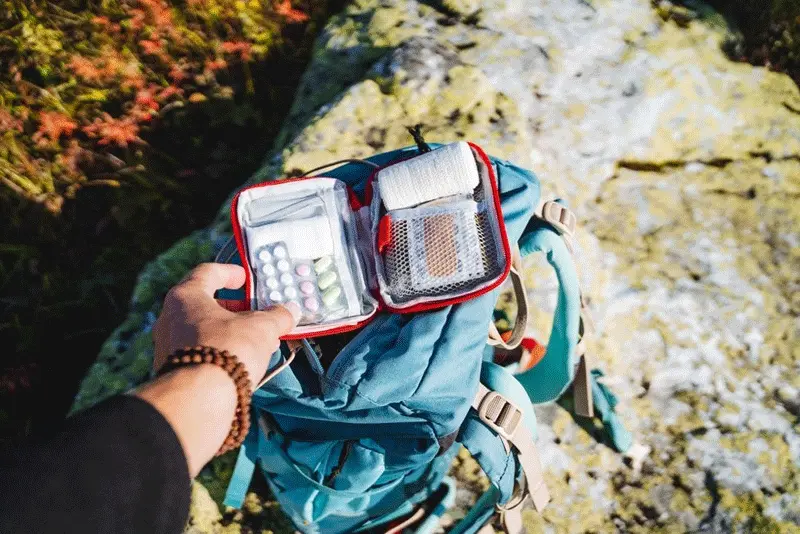
In wooded or rural areas, camouflage and survival-oriented gear become the primary focus. In these environments, you’ll be dealing with terrain that may involve climbing, crawling, or walking for long distances.
Plate Carrier Setup for Woodland/Forest Environments
Camouflage Pattern: Camouflage is critical for blending into the environment. Ensure your plate carrier and attached pouches match the surrounding foliage or terrain. Consider woodland camo, multi-cam, or other pattern variations that suit your environment.
Extended Loadout: You’ll need survival gear for longer stays in the wild. You’ll need more pouches for rations, water, a first aid kit, and a map or compass.
Padded Shoulder Straps: Since woodland operations take longer, comfort is important. Look for plate carriers with thick, padded shoulder straps to help spread the weight when adding extra survival gear.
Soft Armor Inserts: Soft armor inserts can be a good addition to provide comfort and flexibility for day-long or multi-day operations in a forested environment where hard plates may not be needed.
3. Desert and Arid Environments
The desert and arid environments are different. The heat, dry conditions, and lack of cover demand tactical adjustments for protection and survival.
Plate Carrier Setup for Desert/Arid Environments
Lightweight Plate Carrier: A heavy plate carrier can cause overheating and dehydration in hot and dry environments. To stay cool, use a lightweight plate carrier made of mesh or any other material that ensures maximum airflow.
Hydration System: Hydration is important in desert environments. Include a hydration bladder system in your plate carrier so that you will always have quick access to water. The ability to drink without ever removing your pack can greatly affect a prolonged desert operation.
Sun Protection: Put items like a shemagh or other sun-blocking fabrics in your plate carrier. The plate carrier will not provide much protection from the sun, but a readily available cloth or headgear can be crucial to protect yourself from the sun.
Dust Protection: Desert environments are characterized by dust storms. Pack your gear sealed and protect pouches and ammunition from blowing sand and debris. Use zippered pouches or dust-proof covers for electronics and sensitive gear.
4. Mountainous and High-altitude Environments
High altitudes, including thin air, difficult terrain, and large temperature fluctuations, are challenging. Whether traveling through mountains or conducting military operations in high-altitude areas, your plate carrier setup must factor in those considerations.
Plate Carrier Setup for Mountainous/High-altitude Environments
Breathable but Insulated Materials: Such environments require you to be covered with breathable yet insulated materials that would keep you warm without making you overheat. Ensure you have a plate carrier with ventilation that accommodates layers to keep you warm when needed.
Compact and Streamlined Setup: A low profile is necessary for climbing, hiking, or passing through rocky terrain. I am after the compact and streamlined setup—a smaller plate carrier in which you would move comfortably while carrying essentials like a first aid kit, multitools, or extra ammunition.
Emergency Equipment: Attach small, easily accessible pouches for emergency equipment, such as thermal blankets, a fire starter, a map, and a compass. These items are crucial in high-altitude environments, where survival depends on preparation.
5. Tactical Operations in Cold Weather Environments
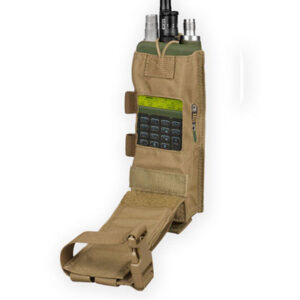
Cold weather environments are a whole different story. Freezing temperatures, snow, and ice call for special setups of gear.
Plate Carrier Setup for Cold Weather Environments
Insulated Base Layers: Keeping your body warm in cold environments is fundamental. Insulated base layers under your plate carrier will help maintain much of that body heat and not restrict movement.
Weather-Resistant Pouches: Make sure all pouches and gear are weather-resistant. Snow, ice, and moisture can damage electronics or compromise the functions of items such as radios and ammunition. Look for pouches with sealed zippers or protective covers.
For extra Warmth, Add a tactical fleece jacket or padded vest under your plate carrier. Also, consider adding mittens or gloves that can be accessed when needed.
Conclusion: Customizing Your Plate Carrier Configuration
The best plate carrier configuration depends on the environment and the specific mission. For instance, moving through dense woods, executing CQB, or traveling in the desert require different gear configuration approaches, weight distribution, and accessibility.
By considering the unique challenges of each environment, gears can be adjusted to optimize performance, comfort, and safety. The right setup can also help one be agile, protected, and prepared for whatever the environment throws.
Frequently Asked Questions
What Plates Do Navy Seals Use?
Navy SEALs prefer using lightweight yet durable Level IV ceramic plates in their plate carriers. Mobility is sacrificed for protection by using custom, multi-curve designs that still meet ballistic testing standards. Trauma pads provide the best impact protection with good coverage and comfort.
How Low Should a Plate Carrier Go?
Ensure your plate carrier sits from collarbone to rib cage for proper fit and protection coverage. Adjusting the straps will enhance mobility, balance, comfort level, and range of motion. Concealment options and concealed carry offer a tactical advantage in body armor.

